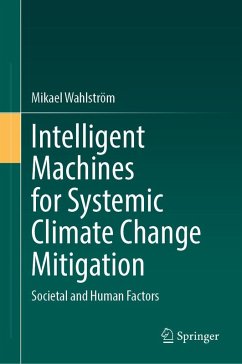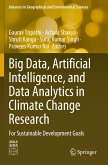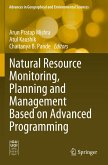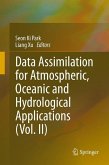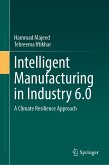This book argues that it is possible to reduce the use of fossil fuels and other natural resources substantially using present and near-future intelligent technologies, provided that human factors and societal perspectives are appropriately addressed. The first part of the book explains intelligent technologies in non-technical language. Topics covered include artificial intelligence, the Internet of Things, and sensing devices. Human and machine intelligence are compared in order to provide a realistic view of the division of labor between humans and machines. The second part of the book explains how intelligent machines could be used to reduce CO2 emissions through considering four technology application areas: road traffic, shipping, drone deliveries and production. The third and final part of the book summarizes and discusses the arguments made in the first and second part by considering the concept of intelligence and the environments in which intelligent machines may operate. Furthermore, public imagination is discussed, because as argued in the second part of the book societal change is necessary for enabling the positive technological transformations proposed in the book.
Bitte wählen Sie Ihr Anliegen aus.
Rechnungen
Retourenschein anfordern
Bestellstatus
Storno

